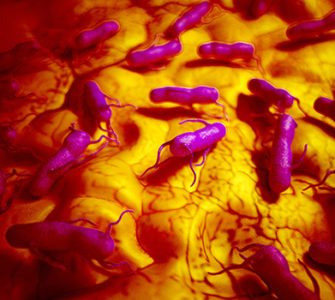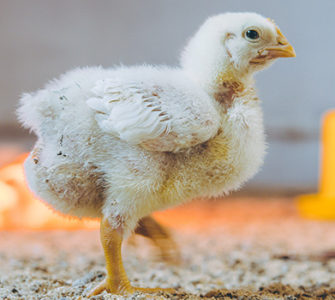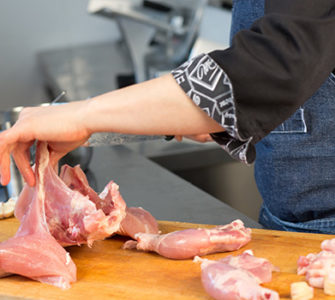CDC report urges more vaccination against Salmonella
The Centers for Disease Control and Prevention (CDC) has urged more vaccination to control Salmonella in poultry flocks after latest figures revealed illnesses linked to certain strains of the pathogen were stalling or in decline.
Data tracking infections for eight different foodborne pathogens across the US in 2019 discovered that incidences of food illnesses increased compared to 2016-2018 data.
However, cases linked to specific Salmonella serotypes had slowed or shown a marked decrease — a decline which has coincided with increased efforts by producers to vaccinate against the pathogen.
Initial analysis of the data, collected via a network of labs in 10 states and published in the CDC’s latest Morbidity and Mortality Weekly Report, showed Campylobacter and Salmonella were responsible for the most foodborne illnesses in 2019.
However, researchers from the CDC’s Foodborne Diseases Active Surveillance Network (FoodNet) also found that infections caused by S. Enteritidis held steady last year, while S. Typhimurium infections declined by 13%.
The findings suggest that taking steps to control Salmonella where it begins — in live production — rather than viewing it as a live-processing problem could be playing a critical role in reducing the pathogen.
“Reductions in Salmonella serotype Typhimurium suggest that targeted interventions [focused on other Salmonella serotypes] might decrease human infections,” the report said.
“To better protect the public and achieve forthcoming Healthy People 2030 foodborne disease-reduction goals, more widespread implementation of known prevention measures and new strategies that target particular pathogens and serotypes are needed.”
Researchers acknowledged the findings could be linked to improvements in testing, including wider use of culture independent testing (CIDT), which increased scientists’ ability to identify outbreaks, strains and sources of pathogens. Changes in clinicians’ ordering practices and varying test sensitivities and specificities might also contribute to this observation, they added.
The report also noted that changes in healthcare-seeking behavior, access to health services or other population characteristics might have contributed to the higher incidence seen in 2019. Furthermore, the report cautioned that year-to-year changes in incidence might not reflect sustained trends.
However, better testing cannot account for the significant increases of infections of some pathogens and no change in others, they said.
The overall trend showing that foodborne pathogen outbreaks had grown or remained unchanged in 2019 indicated that wider progress in controlling pathogens in the US had stalled, the report added.
“These data indicate that Healthy People 2020 targets for reducing foodborne illness will not be met.
“The identification of infections that might not have been detected before adoption of CIDT cannot explain this overall lack of progress.”
Posted on May 13, 2020

















